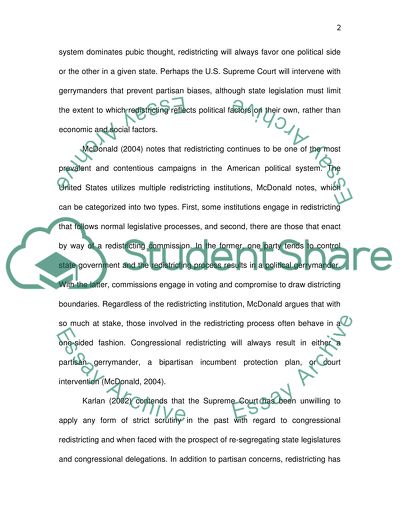Cite this document
(“How fair is the congressional redistricting process Dissertation”, n.d.)
Retrieved de https://studentshare.org/architecture/1392792-how-fair-is-the-congressional-redistricting
Retrieved de https://studentshare.org/architecture/1392792-how-fair-is-the-congressional-redistricting
(How Fair Is the Congressional Redistricting Process Dissertation)
https://studentshare.org/architecture/1392792-how-fair-is-the-congressional-redistricting.
https://studentshare.org/architecture/1392792-how-fair-is-the-congressional-redistricting.
“How Fair Is the Congressional Redistricting Process Dissertation”, n.d. https://studentshare.org/architecture/1392792-how-fair-is-the-congressional-redistricting.


